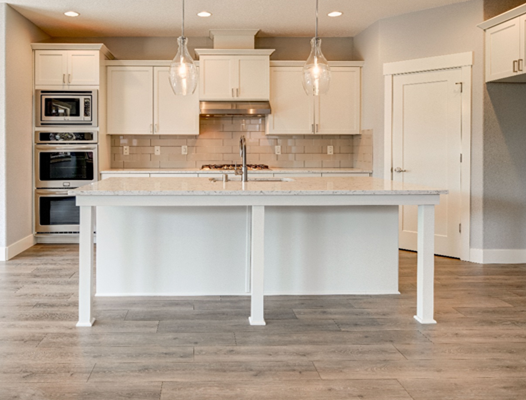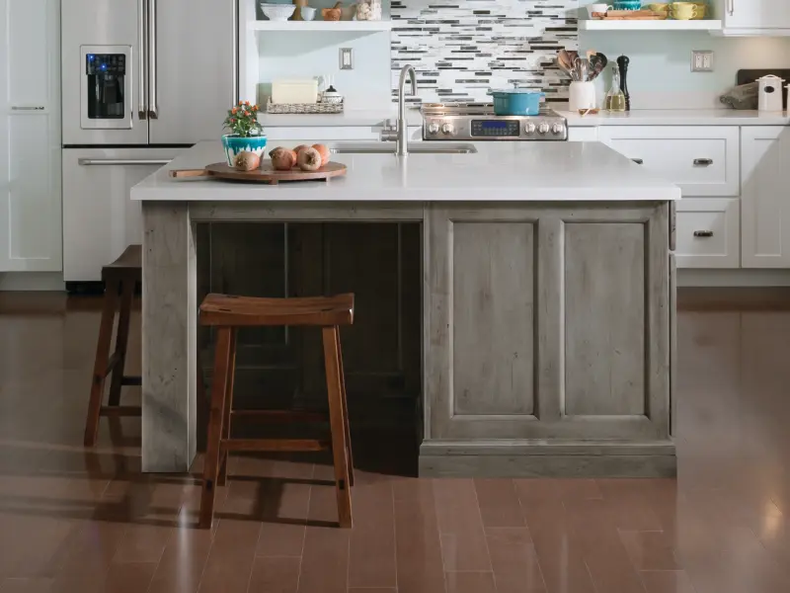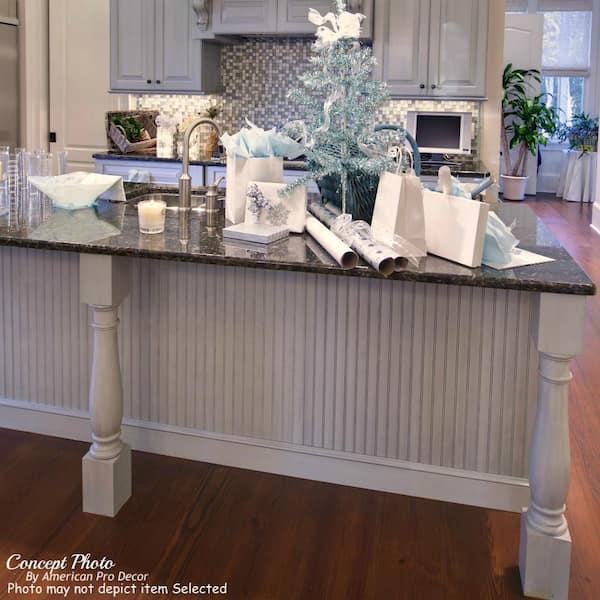Crucial Tips for Selecting the Perfect Eating Table for Your Cooking Area
Picking the ideal table for your kitchen area is greater than just a matter of taste; it necessitates a detailed understanding of your room and demands. Begin by measuring your available space to make sure enough clearance for movement. The form of the table plays a critical role; while rectangular tables fit bigger areas, rounded ones foster intimacy, and extendable choices use adaptability. Material choice is equally vital, with woods offering longevity and glass lending a modern touch. Finally, the table should balance with your kitchen area's appearances and accommodate your family members conveniently. What other factors might influence this essential choice?
Step Your Room
Picking the excellent dining table begins with a meticulous assessment of your available room. This fundamental step guarantees that the table not just fits comfortably within the room yet also enhances the general layout and performance of your eating area. Begin by determining the measurements of the room, thinking about entrances, home windows, and any type of existing furniture. This will help you establish the optimum allowed size for your table.
It is vital to leave appropriate space for chairs to be pulled out and for people to relocate around the table without obstruction. A basic regulation of thumb is to enable at the very least 36 inches of clearance from the side of the table to the local wall or item of furnishings.
Furthermore, think of the variety of people you generally amuse and whether you need additional space for visitors. Deciding for an extendable table can provide versatility, enabling you to fit varying varieties of restaurants. By precisely gauging your room, you lay the foundation for choosing a dining table that improves both the aesthetics and performance of your eating area.
Choose the Right Shape

On the other hand, round tables are outstanding for smaller cooking areas or intimate celebrations, as they advertise discussion by allowing everyone to deal with each other. They also give a sense of comfort and can fit well in tighter rooms due to their lack of sharp edges. Oblong tables offer the finest of both worlds, integrating the length of rectangle-shaped tables with the intimacy of rounded ones, making them flexible for numerous setups.
Square tables are an additional alternative, particularly matched for square-shaped areas. They create a balanced and modern-day look, promoting an equivalent eating experience for all seated.
Material Considerations
When selecting an eating table, product considerations are extremely important in establishing the table's durability, upkeep demands, and overall visual. Timber is a traditional choice, supplying classic charm and robustness. Hardwoods like walnut, oak, and mahogany are particularly long lasting, though they can be costly. kitchen island legs. Softwoods, such as ache, are a lot more cost effective yet might be prone to damages and scratches.
Glass-topped tables give a modern-day, streamlined appearance and can make a room show up larger because of their openness. Nonetheless, they call for constant cleaning to stop spots and fingerprints. Additionally, tempered glass is suggested for its extra strength and safety and security.

Last but not least, composite materials like MDF (Medium-Density Fiberboard) or plywood are budget-friendly options. These products can imitate the appearance of solid timber yet might not offer the exact same long life. They are generally simpler to tidy however can be vulnerable to water damage otherwise effectively sealed.
Eventually, the choice of product need to straighten with your cooking area's style, your lifestyle needs, and your budget constraints. (kitchen island legs)
Seats Capability and Comfort
Exactly how do you establish the best seats ability and convenience for your eating table? This essential action entails assessing both the physical room readily available in your kitchen area and your family's practical demands. Begin by measuring your kitchen area to make sure the table fits pop over to these guys comfortably, allowing at the very least 36 inches of clearance around it for very easy movement. Think about the variety of individuals who usually eat with each other, as this will certainly influence the table size. For a household of four, a rectangular table of 48 inches long or a round table with a 48-inch size is generally sufficient.
The height of the table should ideally be around 30 inches, supplying a balanced ergonomic stance for seated restaurants. Chairs should have a seat height of 18 to 20 inches to make certain a comfortable eating position.
Design and Aesthetics
Choosing a table that fits your design and appearance entails balancing personal taste with the existing design of your eating area. The eating table is commonly the focal point of the kitchen, and its layout must complement the overall motif of the room. Whether your kitchen area flaunts a modern-day, minimalist appearance or a rustic, farmhouse appeal, the table you pick need to integrate with these aspects to develop a natural and inviting environment.
Take into consideration materials meticulously; timber provides a classic allure and can vary from rich mahogany for a traditional seek to lighter oak for a contemporary feel. Metal and glass tables, on the various other hand, can present a streamlined, commercial side to your cooking area. Don't overlook the table's form-- More Bonuses rectangular tables are flexible and timeless, while round and oval choices can foster a more intimate eating experience.
In addition, pay close interest to coatings and details. A distressed coating might include personality and heat, whereas a shiny surface area can add to a tidy, contemporary visual. Eventually, your table should not only in shape perfectly into your kitchen's layout but additionally show your personal style, raising the space both functionally and aesthetically.
Conclusion
Finally, picking the perfect eating table for a kitchen area necessitates careful assessment of area, shape, material, seating capability, and visual consistency. Guaranteeing a minimal clearance of 36 inches assists in comfortable motion, while the selection of form enhances spatial dynamics. Material choice impacts toughness and layout, making it critical to straighten with the kitchen area's total visual. Eventually, a well-chosen table cultivates a welcoming atmosphere and suits the household conveniently, therefore improving the eating experience.

When picking an eating table, material considerations are paramount in establishing try these out the table's resilience, upkeep demands, and general visual. For a family members of four, a rectangle-shaped table of 48 inches long or a round table with a 48-inch diameter is normally enough.
Don't forget the table's shape-- rectangular tables are functional and timeless, while round and oblong alternatives can promote an extra intimate eating experience. kitchen island legs.